Three Months in South East Asia with a Leica M6 and the Fuji X100
By Brendan Gara
Hi Steve,
I’ve been following your website for quite a while now. We (my wife and I) recently got back from a three-month trip traveling through Vietnam, Laos and Thailand where I used my M6 and a Fuji X100. I thought your readers might appreciate my thoughts and experiences traveling with both film and digital.
I prefer film cameras (Mamiya 7ii, MPP 5×4 camera and a M6) but I decided I should take some form of digital camera and chose the Fuji X100 a couple of months before leaving. I did think about the M8/M9, but I couldn’t justify the cost so close to going away.
I took two lenses, the 28mm Elmarit f2.8 ASPH (I’ve always liked 28mm as a focal length and thought this would be good for narrow, busy streets) and the Voigtlander 40mm f1.4 Nokton SC (I like the way this looks wide open and that wide aperture is useful in low light). I had already filed the rangefinder tab down on this lens to bring up the 35mm framelines, so with the Fuji’s fixed 35mm field of view, I had only two views to think about.
I took 80 rolls of Tri X and 20 rolls of Portra 400, carried in a fold down waterproof drybag. I carried this attached to my camera bag when going through X Ray machines. We went through 13 X –Ray checks whilst away and I can’t see any fogging. I developed the B&W films and sent the color film to Peak Processing. Negatives were scanned, adjusted, cleaned etc in Photoshop then imported to Lightroom for selection. Fuji files were brought into LR and any B&W conversions done in PS.
Thoughts on the M6:
I like shooting with rangefinders; it fits my way of seeing things. I like the fact that you are limited in having 36 shots before stopping and changing. The extra couple of stops of the Nokton were useful, but I still had to push tri-X to 800, 1600 and even 6400 ISO regularly (maybe related to the places we hung out). Light in Asia is really bright, then fades away super quick so you can go from shooting at 250 ISO to needing 1600 ISO on one roll. That’s just about doable, but I didn’t risk pushing to 3200 or higher without changing to a new roll. I tended to use the 28mm lens more and just push film a stop or two rather than use the f1.4 on the 40mm as the extra depth of field was important. The only other places where I saw people shooting film cameras were in Hanoi around Hoan Kiem Lake (all Nikons) and in Dalat (a lubitel TLR). People were very surprised to see a film camera.
Thoughts on the Fuji:
What a camera, seriously a joy to use. Yes, the autofocus is a bit slow, but seriously think about it-it’s autofocus and I probably missed about the same number as I missed with the M6. The viewfinder information is great and easy to see and understand. I have the camera set to no shutter sound, but not the silent mode. I didn’t use auto- ISO, but have started to since getting back. The file quality is really nice, and no dust. I shot the Fuji in a similar way to film- I shot RAW files, didn’t look at the files on the LCD screen, and downloaded them to a laptop every few days, where I then left them, until we got home. Downsides; the camera does feel better in the hand when you use a “thumbs up” grip and the battery life is rubbish. I ended up carrying two spares and would get maybe one or two days from each charge. I also only saw one other X100, in the hands of a lady in Dalat on New Years Eve, who also had the lubitel.
Overall then both cameras are more than capable of the mixed light, high humidity conditions you will meet in South East Asia. They won’t let you down and are subtle enough to get you into situations that a bigger camera may not. Vietnam is a wonderful place to visit; the people and the food are amazing. Carrying film around isn’t a major deal and you can develop and scan B&W yourself.
So would I consider the M8/9/M option now? I’m not sure, yes it makes sense when you weigh up the costs of film D&P, but the Fuji is so close. It’s going to stay in the too hard to decide box for a while longer as I still love the film process too much.
You can see more photographs and read more about our trip on my blog (http://brendangaraphotography.wordpress.com), and more of my other photography on Flickr (http://www.flickr.com/photos/brendangara).
Thanks
Brendan Gara

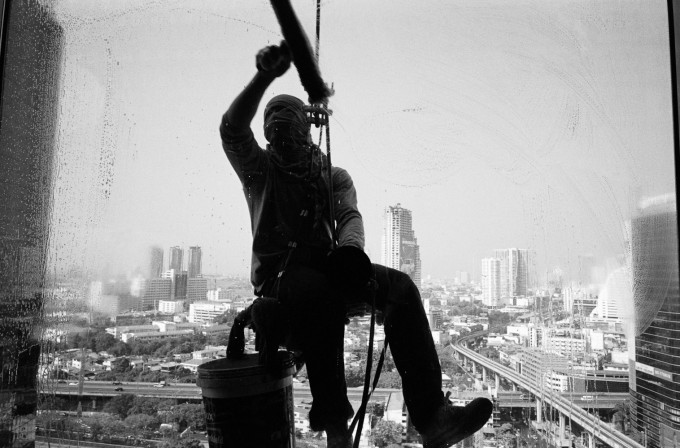
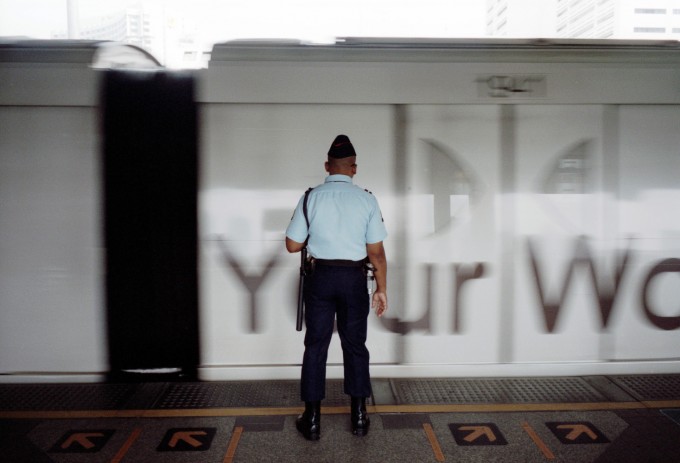
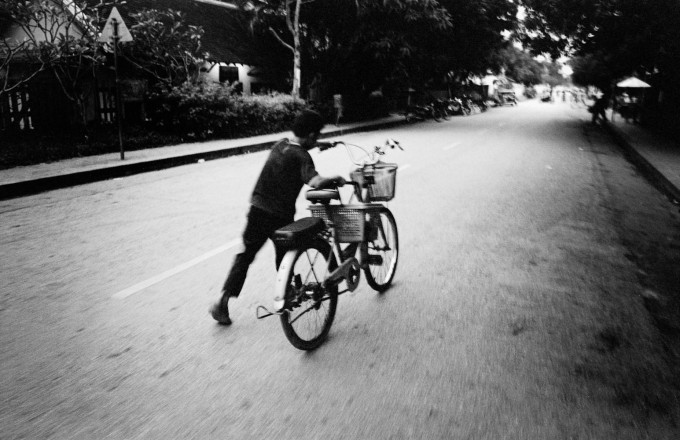
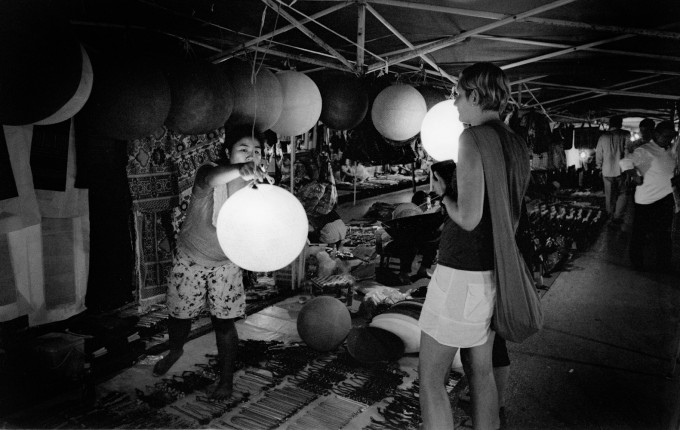
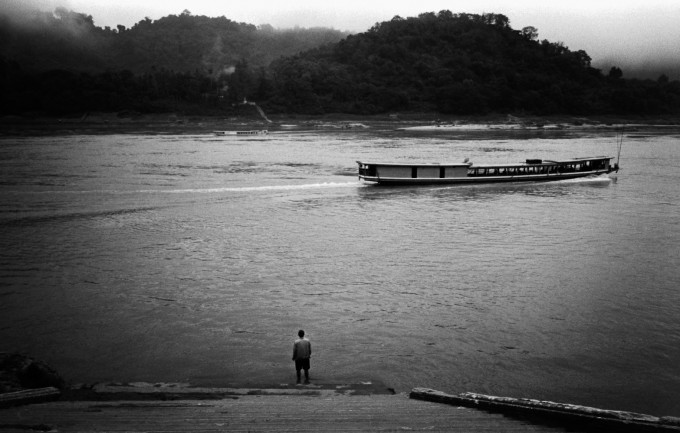
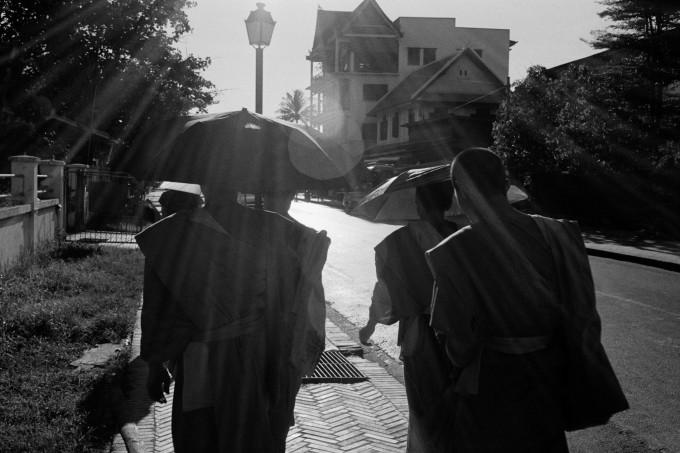
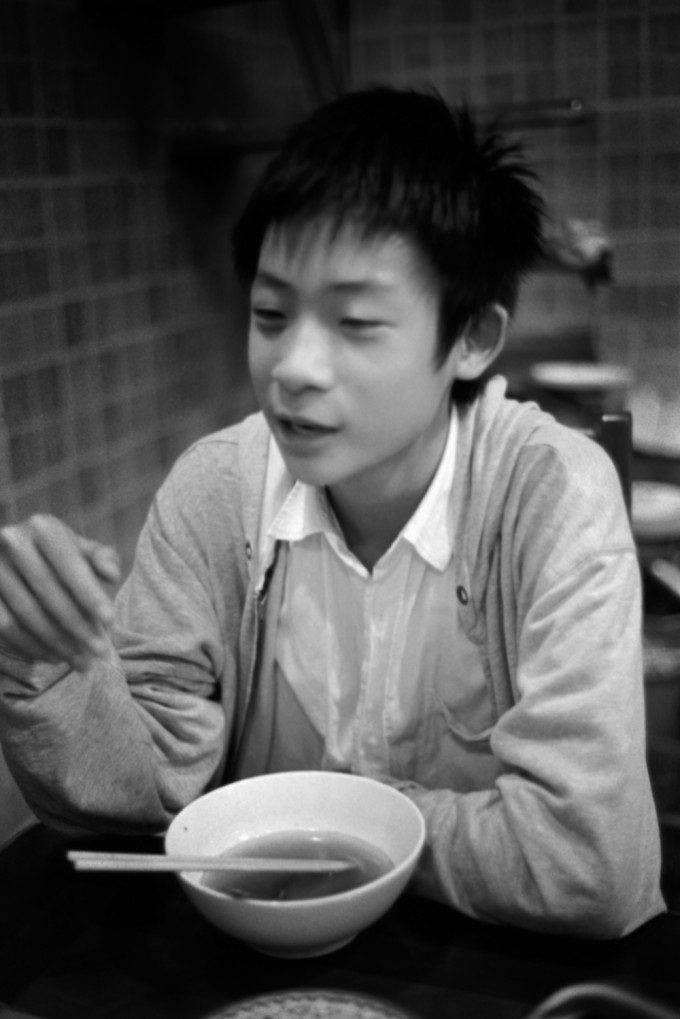
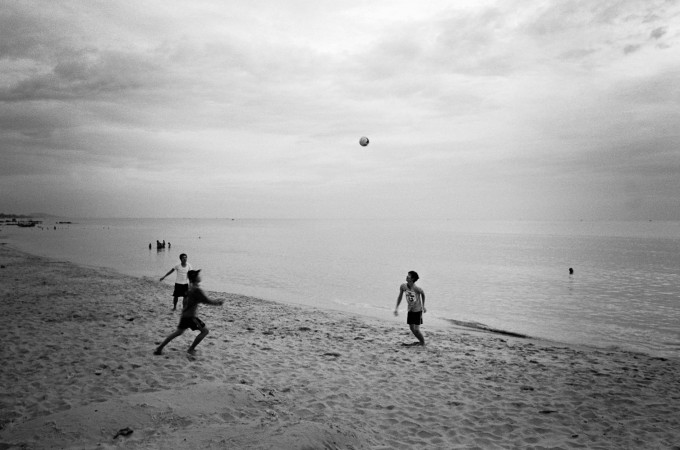
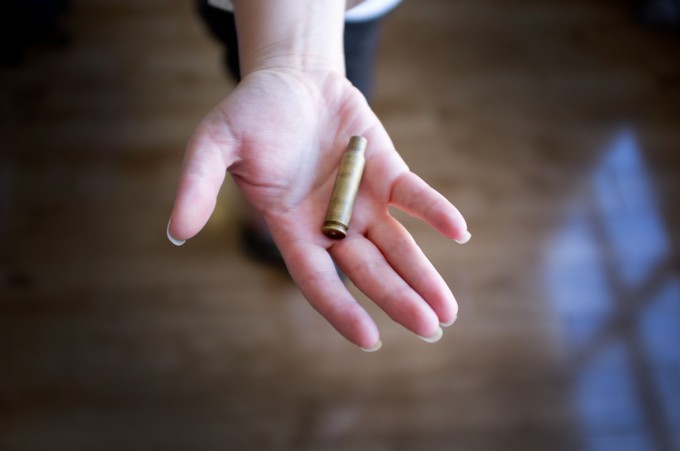
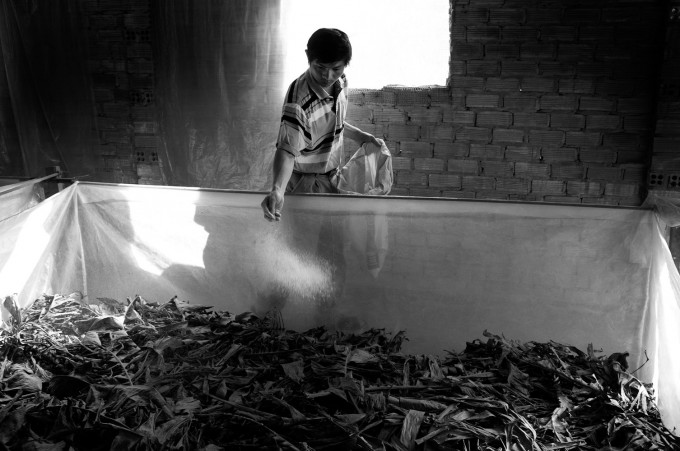
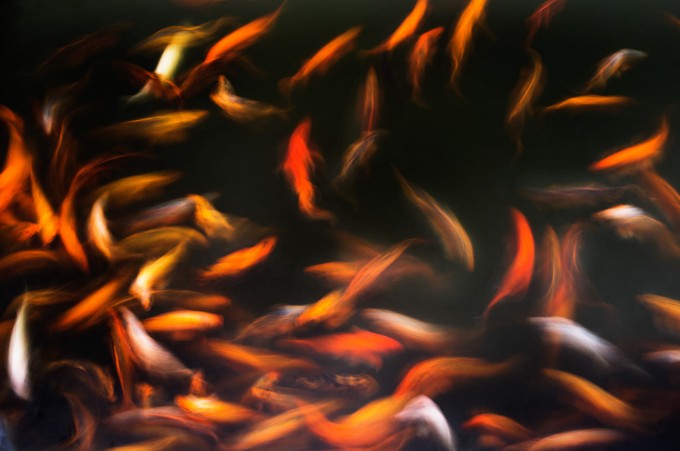
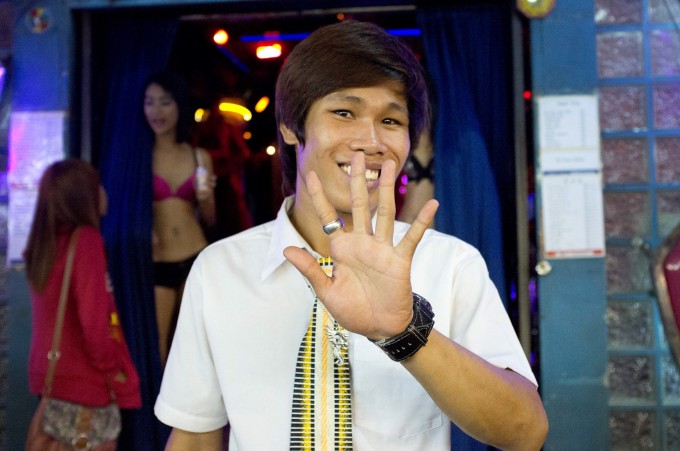
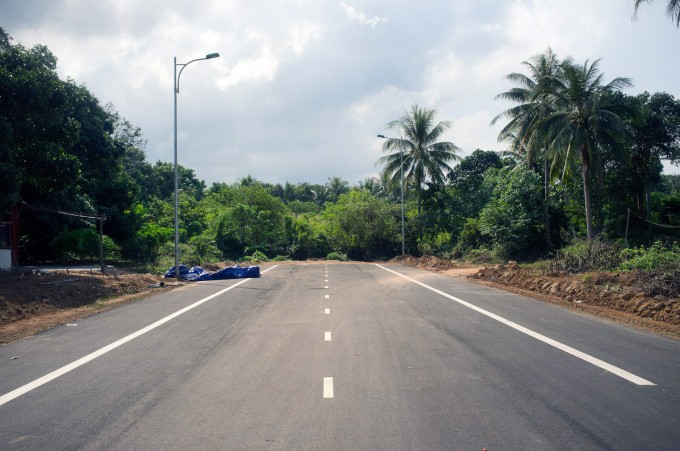
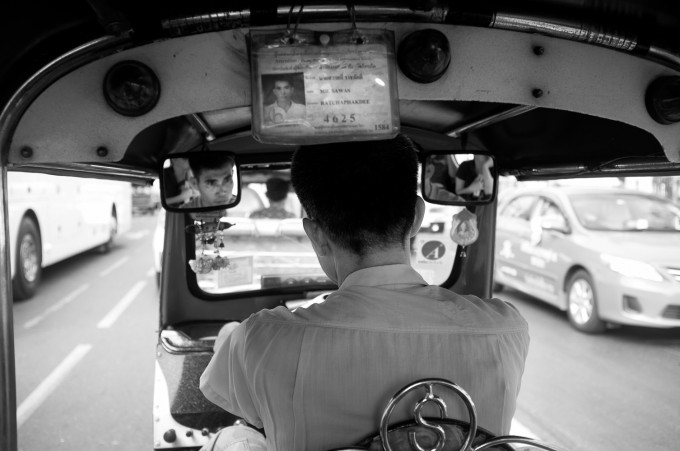

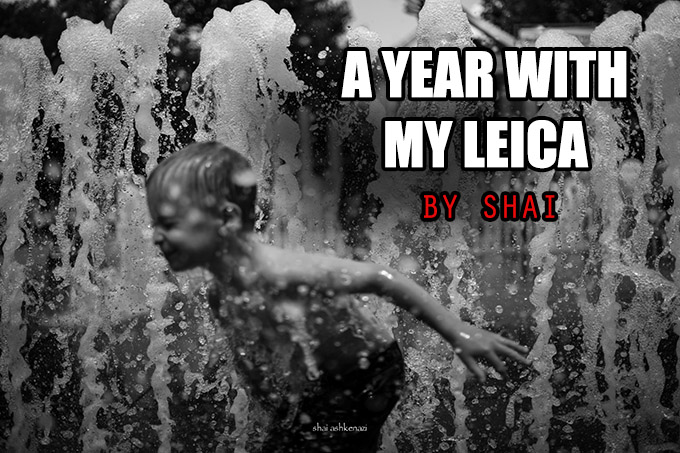
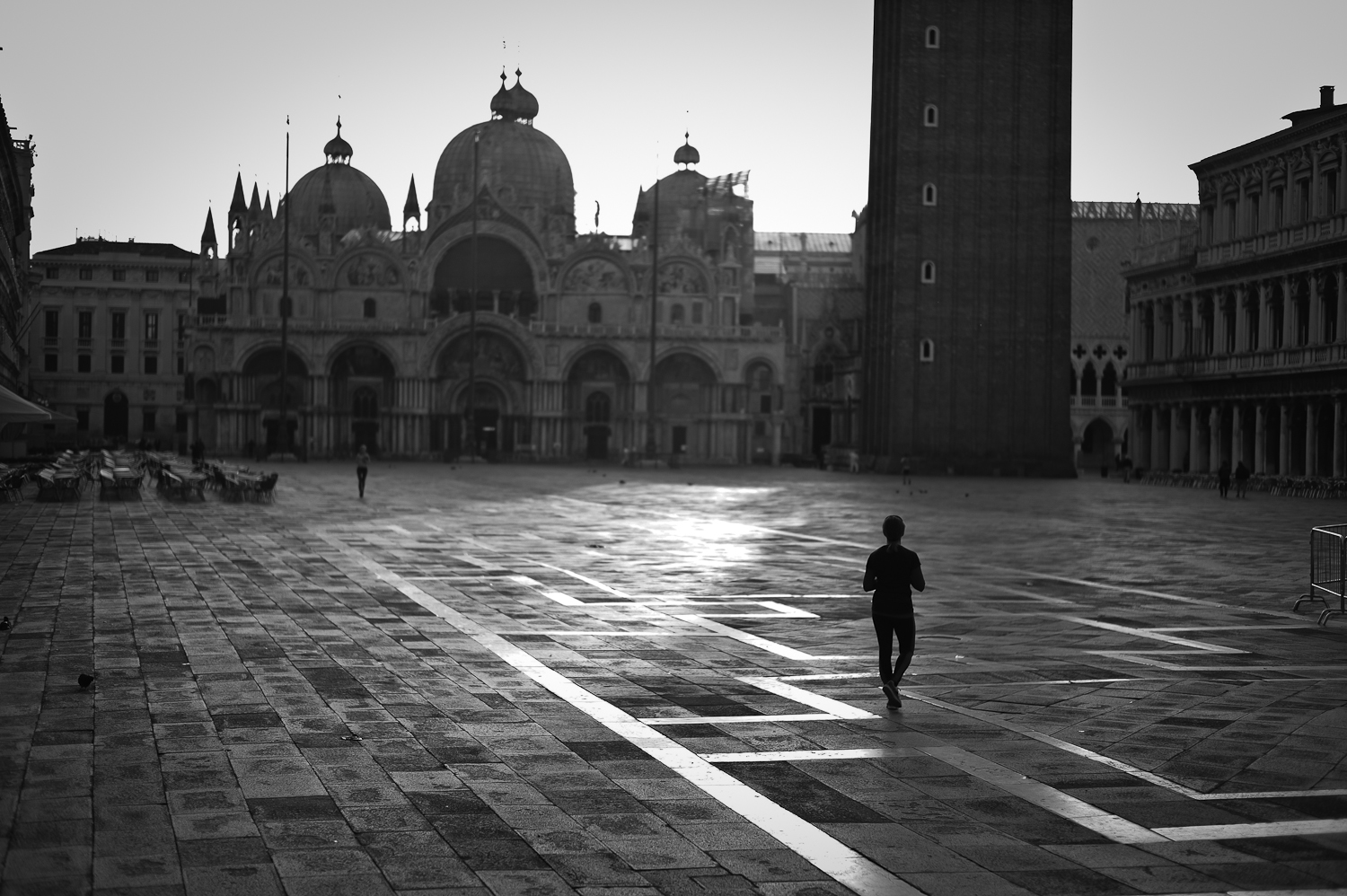

Hi Brendan, great dialogue and pictures. What scanner and software are you using? Thank you. Ron
The digital shots are really nice, but the film shots have loads of character.i use both film and digital – it’s never about cost to me but personal preference on the day. Sometimes I want digital for instant feedback, sometimes I want film for the pleasure of using it.
HI Brendan,
The picture detail and subject matter are great for both photo sets but I am enjoying the X100 pictures more than the M6 pictures.
Your compositions seem more focused and are easier on the eye with the narrower focal length.
Great shots. On your final question: My advice as someone who has gone from X1 to X100 to M8? Go for the M8. You won’t regret it. Everything is leading inevitably to that point. You know it. (Next inevitable step for me? M9/ME…)
The one of the monks from behind with the lens flare in Luang Prabang is particularly nice. And B&W is perfect for it. I–and I’m sure many others–have seen the orange robes enough to appreciate a different take. It takes a little bit of courage to come back from a trip like that with B&W, and I applaud it.
Cheers Tim, I walked behind the monks for a while and the sun was so bright that most colour was bleached from my vision anyway, which is one reason I didn’t use the fuji. The other reason is that I’m less confident with estimating exposure with it than the leica and film.
Great shots! Your website is fantastic too! Thank you for sharing your trip, Brendan.
Thank you!
Great work! I’m currently in Beijing (traveling) with my X100, Nikon FA and Contax G2. I’m constantly reminded what a joy, what a photographer’s camera the X100 is. Fuji really made a camera for people who just love to shoot, if that makes any sense.
(Battery life and autofocus speed aside) it’s a perfect travel camera.
Thanks JS, would love to go to china, send me a link to your work when you get back.
Hi . Were you in Cambodia shortly after the death of the King ? I saw a guy with a M6 and a X100 and I took a picture of him as well. Maybe you maybe not
No not me, we never got into Cambodia- saving that for the next time.
I spent 3 long days in front of the palace at that time, with 2 M9s. I was lucky enough to meet a Magnum photographer shooting with only 1 M9; I realised I had too much kit!
Undoubtedly my most interesting photographic experience yet.
Nice work and good to hear people still take 100 rolls of film for travelling. During my four month honeymoon with my M9 I missed my M6 on quite a few ocasions.
Thanks Brendan, love the result. It conveys soft swirling motion and is very calming.
Super photos – and extra thanks for the informative file names!
Really impressed by them all, but the X100 – wow. And used they are a steal now!
Nice pictures that convey the atmosphere of the places you visited. Thank you for sharing.
Ernesto
Thanks Ernesto.
i really like what you do, and some of the pictures really carry you away… i just have one question that has been in mind for a while, it doesn’t just involve you, but a lot of people that have been shooting film lately…i myself have been shooting JUST film for almost a year now and it has been the thing i’ve done since i started photography…so my question to you is WHY SO MANY FILMS? isn’t 80 films a bit too much for 3 months? i actually haven’t had the privilege to travel this past year, so i don’t really have an idea of how many rolls of film i would consume…All i wanted to say is that, more and more i see people shooting a lot of film, but doing so in a “digital way”(personal opinion)
I estimated the number of films before we left and bulk bought to save a bit. I knew that I usually shoot around 80:20 B&W to colour, so that was always going to be the ratio. Initially I tried to find places to develop en route in Thailand and Vietnam, but gave up and just took a risk taking them through hand luggage. I also expected to lose a few rolls through me stuffing up (in fact I ditched a few unexposed rolls as I had mistakingly put them in hold luggage). Towards the end I didn’t shoot as much as planned as I crashed a scooter and was laid up for a while! The 36 shot limit does change the way I shoot, so although 100 rolls sounds a lot, it’s still nothing to compared the amount of digital you can shoot.
Sorry to hear about your scooter crash…and thanks for clarifying about the shooting, i guess it made me understand better how you shoot…I on the other hand shoot a bit differently and lets say “in a more conservative way”- Meaning a roll of film usually lasts me about 4 days or so, leaving all the other shots to digital :)…Anyway thanks again for replying and of course for your amazing shots (Which got me thinking about getting an X100, instead of my canon DSLR :))
The photo of the koi fish is just wonderful. Any rough recollection of the shutter speed?
camera settings read ISO200, f11 and 1.2 seconds. I shot three with increasing shutter speed, braced against an overhang to hold the camera steady. This worked the best out of the three.
Brendan, you know your light and you’ve a great eye for composition. I don’t really care what camera you used, as long as it suits you, though it’s interesting to read about your experience.
Asia might cry out for colour, but b&w suits it as well, as your images convincingly show. It’s all a question of the mood you want to portray.
Thanks for sharing!
Thanks Mike, much appreciated.
The x100 is great . A+ pictures
Cheers iRINA
But why, Brendan ..why black-&-white in Thailand, Vietnam and Laos?
Surely grainy black-&-white could be anywhere (Manchester, Leeds, Salford, Philadelphia, Pittsburgh, Berlin) ..and don’t Thailand, Vietnam and Laos just cry out for colour?
Very true, but I like B&W. Interestingly Northern Vietnam was definitely B&W, but as we moved South the colours became more intense. I haven’t started posting those pics on Flickr or my blog yet, but there is a definite shift towards colour as time went on.
“..there is a definite shift towards colour as time went on..” ..I’m so glad to hear it, and to see it on your Flickr pages! ..I mean, monks’ orange robes, the Mekong, night markets ..in black-&-white? So glad there’s some colour there!
‘I took 80 rolls of Tri X and 20 rolls of Portra 400’…..
This is why I will never shoot film again for travel. Quick math tells me that 100 rolls of film plus developing is at least 50-60% of the cost of a new X100S….not to mention the hassle of carrying 100 rolls of film. That said, nice shots!
I guess I’m just too lazy now but my usage of film is pretty much limited to the occasional shoot close to home.
Pretty much spot on with the numbers Clint. I like film and I am undecided about fully moving to digital: cost of the M body and continuous upgrades, and yes, I can do the numbers and see it makes sense over three years, but still the discipline of film appeals.
The cost of film vs a digital camera. This is really a poor argument to buy digital. If you are shooting Weddings for a living it may pay. But to use a camera that is part of you for most of your life, it becomes part of you. Your photographic knowledge is your “menu”. Nice work Brendan. I shoot film and have X-Pro-1 for a digital.
Thanks Karl, and I agree with you. It’s about capturing an image using a tool that fits both your eye and your hand. I can’t see me being able to justify (and actually wanting to justify) the decision. In some ways I regret not taking my Mamiya 7- now that’s a rangefinder that screams “shoot me”.
The way you transmit the mood through these beautiful photographs,
makes us travel a little with you, on this great trip. thx
No problem, glad you like them
Nice work. I really like the boy pushing his bike. Has a great mood!
Thanks Gage
Sir, I like what you do.
ThanksElie